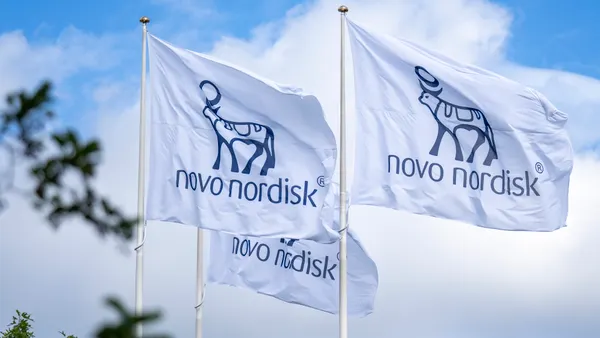Communicating cooperatively Letter from the Editor July 2005 In June, an unprecedented number of exhibitors and attendees convened in Washington, D.C., to attend the annual Drug Information Association (DIA) conference. The DIA annual meeting provides a neutral forum for regulators, academics, and industry professionals to meet, network, and exchange ideas on the hot topics impacting the industry. As an attendee of this year’s meeting, I had the pleasure of meeting Theresa Kane Musser, DIA acting president, who is also senior director of development operations at Rigel Pharmaceuticals Inc. Ms. Kane Musser stressed the importance of the DIA’s redefined mission and vision, which allow the organization to better streamline its efforts and identify strategic milestones, initiatives, and goals. As part of its mission, the DIA strives to help educate and develop the next generation of leadership professionals. As part of this effort, Ms. Kane Musser extolled the importance of DIA volunteers, who contribute to the success of the association. This is now reflected in the new mission statement, which makes special mention of the volunteer experience. Another of the association’s goals is to further expand into geographic areas of growing importance. For me, as well as hundreds of others, the DIA experience, year in and year out, fulfills its mission of providing relevant and timely information about the issues that are impacting the industry. It also provides an extraordinary opportunity to meet with, and learn from, the individuals who are forging the way toward significant improvements in the drug-development process. According to a recent report from Cutting Edge Information, the average per-patient cost of a clinical trial today ranges from about $5,500 for Phase I trials, $6,500 for Phase II trials, and $7,600 for Phase III trials. In 2004, some pharmaceutical companies’ clinical-affairs budgets exceeded $400 million, and clinical-affairs spending averaged 37% of total research and development spending, according to Cutting Edge Information. (See page 22 of this issue for more information.) With the cost of developing a new drug at an all-time high, one of the hot topics discussed at this year’s annual meeting was the need for more communication and cooperation between the different entities involved in the process of bringing safe, effective drugs through the pipeline, and eventually to the market, as cost-effectively as possible. Experts believe that today, more than ever, the need to involve all parties as equitable partners in the drug-development process is crucial — starting at the investigator and site level and moving through all trial phases, ultimately to approval and beyond. A crucial component in the continuum is the investigator. Following steady growth through the 1990s, the number of principal investigators conducting industry-sponsored clinical studies in the United States has declined 11% since 2001, according to a study recently completed by the Tufts Center for the Study of Drug Development. The drop in principal investigators has been spurred by a similar decline in the number of active clinical trials, the study found. According to Tufts CSDD, a 10.6% decline in clinical trials has led to an 11.4% drop in total principal investigators in the United States between 2001 and 2003. Drug development is a complex process involving hundreds, if not thousands, of individuals who control and influence various outcomes. Sponsors and service providers alike must do a better job of communicating, cooperating, proactively planning, evaluating, and giving due consideration to all of the processes for the industry to move forward. Taren Grom Editor DIA Annual Meeting Taren Grom, Editor of PharmaVOICE (left), and Theresa Kane Musser, Senior Director of Development Operations at Rigel Pharmaceuticals Inc. and DIA Acting President and President-Elect, at the 41st Annual DIA Conference in Washington, D.C.
An article from


Letter from the Editor
Filed Under:
Research & Development










